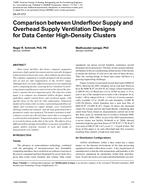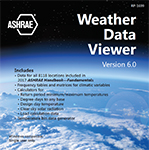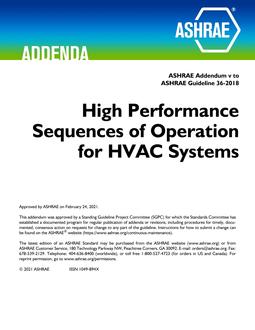Simple, walk-through energy audits are constrained bytime and availability of tools, and thus often fail to do an indepthanalysis of the control systems of the audited equipment,and detect the faults affecting the performance of thesesystems. Motivated by the well-documented prevalence offaults that degrade the performance of the air-conditioningsystems found in these audits, this paper discusses the developmentof a low-cost fault detection and diagnostic tool thatcan increase the scope of walk-through audits. Existing HVACfault detection tools need to be installed on the equipment forextended periods of time, and need information such as systemspecificmodels or manufacturer’s map models that are notalways available to the auditor on a one-day audit. Theproposed automated fault detection and diagnostic device forunitary air conditioners overcomes these challenges by use ofseven temperature and two pressure sensors, and by usinginformation available on nameplates or brochures. The devicedetects refrigerant undercharge, refrigerant overcharge,liquid line restriction, condenser fouling, and evaporator foulingfaults, and also predicts the related energy and cost savingsfor each fault. The sensor inputs are used to generate featuresthat are sensitive to the fault, but less sensitive to operatingconditions, so fault diagnosis can occur based on a combinationof the feature values. The developed device is tested forindividual and multiple faults with systems using differentexpansion valves. It works well for refrigerant line faults givingconservative estimates of energy and cost savings, which areusually preferred by energy auditors.
Citation: 2015 Annual Conference, Atlanta, GA, Transactions 2015, Vol 121 pt. 2
Product Details
- Published:
- 2015
- Number of Pages:
- 13
- Units of Measure:
- Dual
- File Size:
- 1 file , 2 MB
- Product Code(s):
- D-AT-15-023


